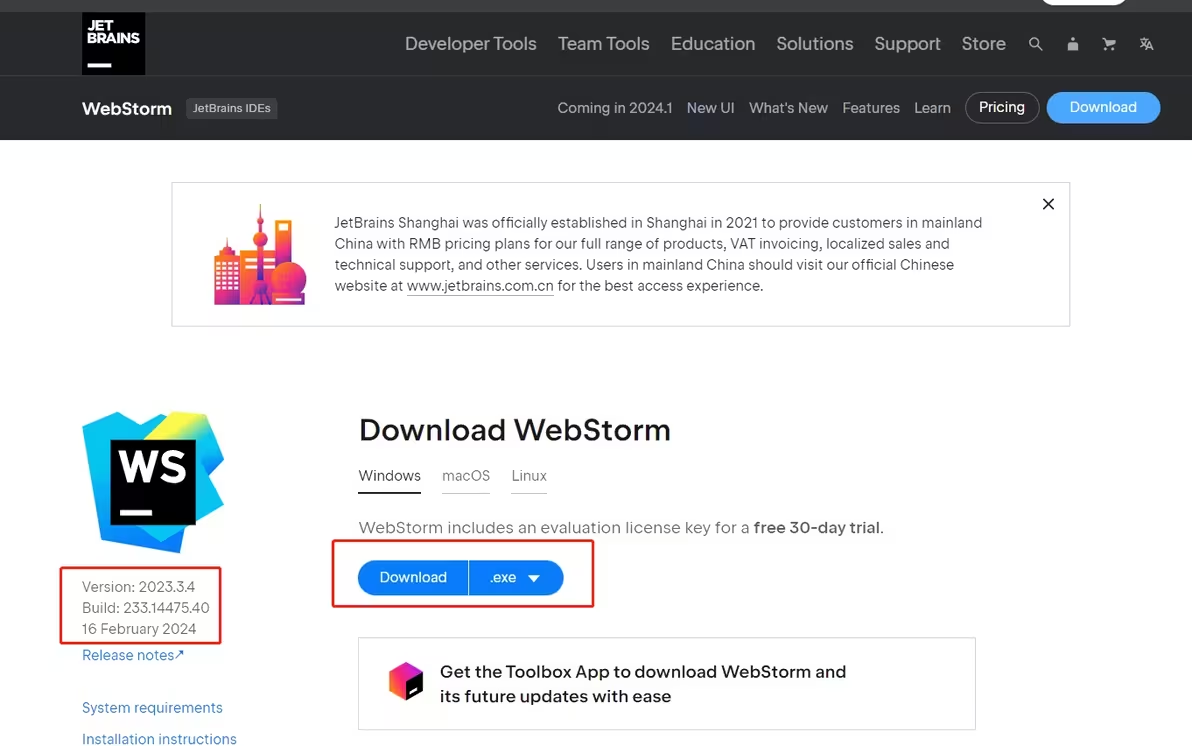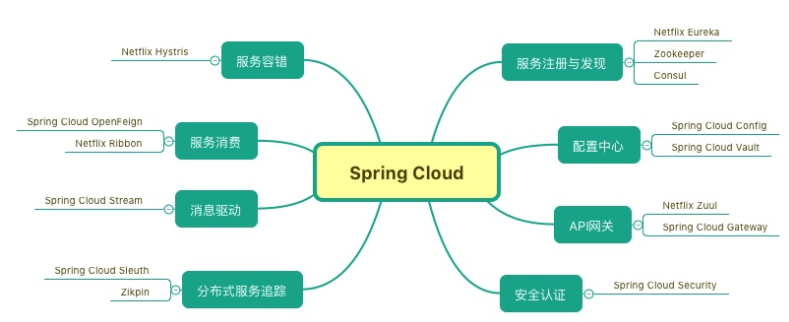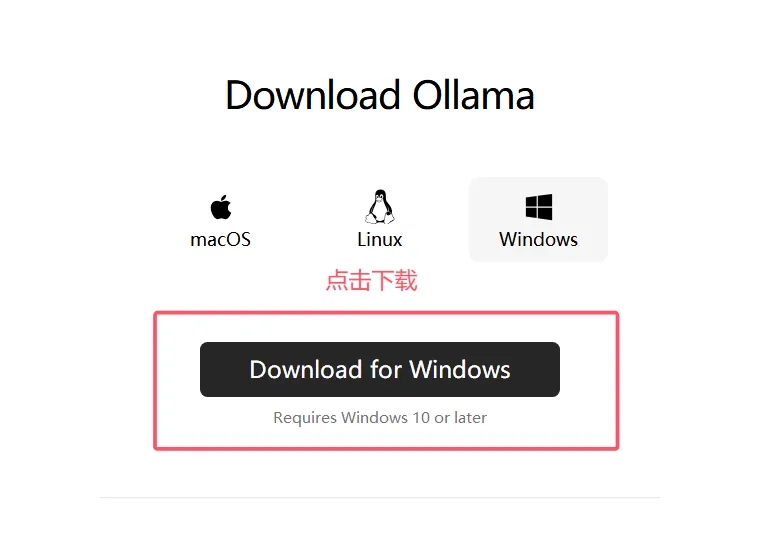基本概念与作用
fetch API
fetch 是一个现代的客户端HTTP请求API,用于从服务器获取数据。它返回一个Promise,可以用来处理异步操作。相比传统的 XMLHttpRequest,fetch 更加简洁和易于使用。
本地文件读取
在Web应用中,读取本地文件通常指的是从服务器上的静态文件路径读取内容。虽然浏览器不允许直接访问用户计算机上的文件,但我们可以通过相对路径或绝对路径从服务器上读取文件。
技术实现
示例一:基本的fetch请求
首先,我们来看一个简单的例子,使用 fetch 从本地路径读取 .txt 文件并将其内容显示在页面上。
App.vue
<template>
<div>
<h1>File Content:</h1>
<pre>{{ fileContent }}</pre>
</div>
</template>
<script>
export default {
data() {
return {
fileContent: ''
};
},
created() {
this.fetchFileContent();
},
methods: {
async fetchFileContent() {
try {
const response = await fetch('/path/to/your/file.txt');
if (!response.ok) {
throw new Error(`HTTP error! status: ${response.status}`);
}
this.fileContent = await response.text();
} catch (error) {
console.error('Error fetching the file:', error);
}
}
}
}
</script>
示例二:处理异步加载状态
在实际应用中,我们通常需要处理异步加载的状态,例如显示加载指示器或错误消息。
App.vue
<template>
<div>
<h1>File Content:</h1>
<div v-if="loading">Loading...</div>
<div v-if="error">{{ error }}</div>
<pre v-if="fileContent">{{ fileContent }}</pre>
</div>
</template>
<script>
export default {
data() {
return {
fileContent: '',
loading: false,
error: null
};
},
created() {
this.fetchFileContent();
},
methods: {
async fetchFileContent() {
this.loading = true;
this.error = null;
try {
const response = await fetch('/path/to/your/file.txt');
if (!response.ok) {
throw new Error(`HTTP error! status: ${response.status}`);
}
this.fileContent = await response.text();
} catch (error) {
this.error = `Error fetching the file: ${error.message}`;
} finally {
this.loading = false;
}
}
}
}
</script>
示例三:使用生命周期钩子
Vue组件的生命周期钩子(如 mounted)也是执行异步操作的好时机。我们可以在 mounted 钩子中调用 fetch 请求。
App.vue
<template>
<div>
<h1>File Content:</h1>
<div v-if="loading">Loading...</div>
<div v-if="error">{{ error }}</div>
<pre v-if="fileContent">{{ fileContent }}</pre>
</div>
</template>
<script>
export default {
data() {
return {
fileContent: '',
loading: false,
error: null
};
},
mounted() {
this.fetchFileContent();
},
methods: {
async fetchFileContent() {
this.loading = true;
this.error = null;
try {
const response = await fetch('/path/to/your/file.txt');
if (!response.ok) {
throw new Error(`HTTP error! status: ${response.status}`);
}
this.fileContent = await response.text();
} catch (error) {
this.error = `Error fetching the file: ${error.message}`;
} finally {
this.loading = false;
}
}
}
}
</script>
示例四:读取多个文件
有时候我们需要读取多个文件并合并其内容。我们可以通过 Promise.all 来并行处理多个 fetch 请求。
App.vue
<template>
<div>
<h1>Combined File Content:</h1>
<div v-if="loading">Loading...</div>
<div v-if="error">{{ error }}</div>
<pre v-if="fileContent">{{ fileContent }}</pre>
</div>
</template>
<script>
export default {
data() {
return {
fileContent: '',
loading: false,
error: null
};
},
mounted() {
this.fetchMultipleFiles();
},
methods: {
async fetchMultipleFiles() {
this.loading = true;
this.error = null;
try {
const fileUrls = ['/path/to/file1.txt', '/path/to/file2.txt'];
const responses = await Promise.all(fileUrls.map(url => fetch(url)));
const texts = await Promise.all(responses.map(response => response.text()));
this.fileContent = texts.join('\n');
} catch (error) {
this.error = `Error fetching the files: ${error.message}`;
} finally {
this.loading = false;
}
}
}
}
</script>
示例五:使用Vuex管理文件内容
在大型应用中,我们可能需要在多个组件之间共享文件内容。这时可以使用 Vuex 来管理文件内容,并在需要的地方获取。
store/index.js
import { createStore } from 'vuex';
export default createStore({
state: {
fileContent: ''
},
mutations: {
setFileContent(state, content) {
state.fileContent = content;
}
},
actions: {
async fetchFileContent({ commit }) {
try {
const response = await fetch('/path/to/your/file.txt');
if (!response.ok) {
throw new Error(`HTTP error! status: ${response.status}`);
}
const content = await response.text();
commit('setFileContent', content);
} catch (error) {
console.error('Error fetching the file:', error);
}
}
}
});
App.vue
<template>
<div>
<h1>File Content:</h1>
<pre>{{ fileContent }}</pre>
</div>
</template>
<script>
import { useStore } from 'vuex';
export default {
computed: {
fileContent() {
return this.$store.state.fileContent;
}
},
mounted() {
this.$store.dispatch('fetchFileContent');
}
}
</script>
实际工作中的一些技巧
在实际开发中,除了上述的技术实现外,还有一些小技巧可以帮助我们更好地处理文件读取的需求:
- 错误处理:在
fetch请求中添加详细的错误处理逻辑,确保即使请求失败也不会影响用户体验。 - 缓存机制:对于经常读取的文件,可以考虑使用缓存机制来提高性能,例如使用浏览器的缓存或Vuex中的状态管理。
- 文件路径管理:将文件路径集中管理,避免硬编码,便于后期维护和修改。
- 异步加载优化:对于需要立即显示的内容,可以先显示静态内容,然后在后台异步加载文件内容,提高用户体验。
以上就是Vue中使用fetch读取本地txt文件的技术实现的详细内容,更多关于Vue fetch读取本地txt的资料请关注脚本之家其它相关文章!
© 版权声明
本站所有资源来自于网络,仅供学习与参考,请勿用于商业用途,否则产生的一切后果将由您(转载者)自己承担!
如有侵犯您的版权,请及时联系3500663466#qq.com(#换@),我们将第一时间删除本站数据。
如有侵犯您的版权,请及时联系3500663466#qq.com(#换@),我们将第一时间删除本站数据。
THE END

















暂无评论内容